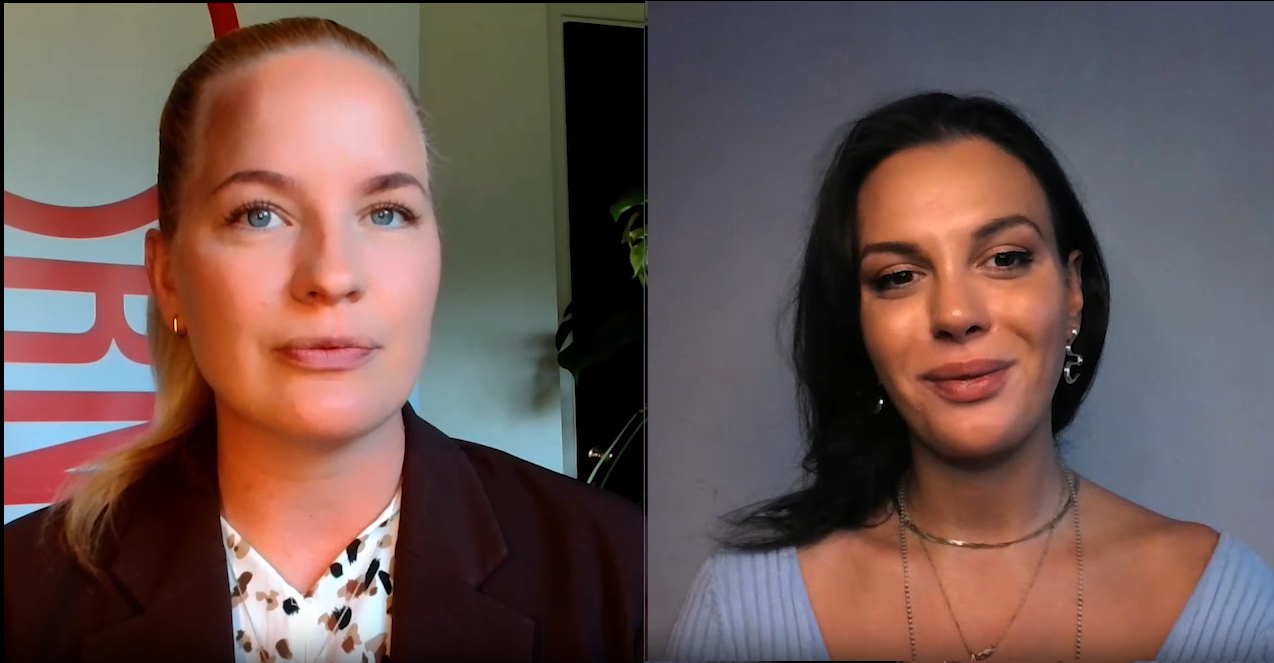Sunniva Kolostyak: Welcome to Morningstar. Nothing highlights the importance of income than a looming recession. So, today, in the studio, I am joined by Ian Mortimer from Guinness Global Equity Income.
Thank you very much for being here.
Ian Mortimer: Pleasure. Thanks for having me.
Kolostyak: Let's just start with the UK – what's your outlook on UK equities? I mean, people are obsessed with interest rates, mortgage rates, inflation. How do you see this evolving?
Mortimer: Yeah, I think it's a big question and clearly, one that all market participants are trying to figure out. I guess, today (June 22), we've literally just seen the Bank of England increase rates faster than expected, so about 50 basis points. And that was really in reflection of the higher inflation that we've been seeing. And I think that is a similar sort of picture we're seeing more globally. Just when markets feel like things are getting better, if you like, so it peaks inflation in the US coming down, maybe an expectation central banks will start curtailing interest rate rises, then actually the data points come out, particularly on the service side, inflation being much stickier. And clearly, central banks are reacting to that. And what it really feels like is, say, from the beginning of this year, we're pushing that again another six months looking forward more to 2024 for potential for earnings recovery, which I think puts you in that same sort of holding pattern ultimately.
Specific to the UK, I guess the UK market does look cheap on an absolute basis. I think that's partly to do with the types of sectors that are more prominent. I think it's well-known – energy, financials, materials have particularly low multiples. And if you're comparing a 10 times multiple in the UK, it's 17 times on a global basis, maybe just under 20 or 20 times in the US. But if you're looking on a more equally-weighted basis, so maybe less of those concentration risks, it's maybe not so obviously cheap. And I guess the difference is the kind of resiliency of the companies that you might be investing in and how they might compound up and how they might perform during more difficult periods. Clearly, that's what the lower multiples reflect. So, as a global manager, it remains a fairly small part of what we're looking at. But obviously, it's something that's interesting. And central banks, whether it's UK or Canada or Australia, are really making market moves because people are seeing how that might then reflect on a wider basis.
Kolostyak: Do you see the same thing globally then? Because like you said, you're a global fund manager.
Mortimer: Yeah, absolutely. I think if you think about this year, 2023, we saw a really strong start to equity markets. Why do we see a really strong start? I think we had a very difficult previous year, so that's a low starting base, if you like. But also, I think the things that people were most worried about, interest rates, inflation, potentially invasion was another one people were worried about, clearly, started to seem to get better, particularly on the inflation and interest rate side. All things being equal, potential for lower interest rates, lower discount rate, maybe raises asset prices or potentially lowers discount rates, which could potentially affect asset prices. But then, what we saw again was equity markets softened in February because we got a different data point. US job numbers were really strong. The Fed came out and started talking about higher rates for longer. And then, the things people thought had got better maybe weren't quite as rosy as they thought. Then in March, obviously, we had the esoteric shock of the banking crisis, which was clearly directly related to the higher interest rate regime. More recently, we've seen a return to growth outperforming with particularly AI. So, it's definitely there, and I think we haven't seen a very clear path to where the end is going to be.
Kolostyak: Right. So, if we look then specifically at dividend stocks, I mean, in the pandemic, we saw several stocks just cut and pause dividend payments altogether. Is this something your worry is going to happen again? And I guess, how do you look for opportunities in this type of climate?
Mortimer: Yeah, I mean, absolutely. The pandemic period was not a good period for dividend-paying companies. Generally speaking, you would expect that sort of factor to be more defensive. And in that period, it wasn't. As you rightly say, significant parts of the market cut their dividend. In the Euro stocks, it's half of companies either completely cancelled or reduced their dividends. Same sort of picture in the UK. The US was a bit different because they had to basically cut buybacks because of the different nuances there between buybacks and income. But the crucial part and how we would think about it is that not all dividend-paying companies are created equally. And to that point, I think a lot of times people are looking at things like the length of time a company has paid a dividend as an indicator of the dividend safety, we don't find that as a particularly strong indicator. You might look at payout ratios. Again, useful. But in the pandemic period, that completely blew up because earnings changed overnight.
The things we find that are most correlated to the sustainability of future dividend payments and dividend growth is return on capital, balance sheet strength and the size of the starting dividend yield. So, look for those persistently high return on capital businesses that can do that across the cycle. The strong balance sheet gives you the protection. If things get really difficult, like a recessionary environment, then the more modest yield will grow over time, which is actually the better combination. So, when we look to our portfolio, in 2020, we had 35 stocks. We had zero companies completely cancel their dividends. We had one company reduce their dividend. I think we had six that were flat, but 28 of our companies actually grew. So, it was a really big test. I think it goes to show, I think, that more moderate yield approach and the growing income from quality companies is a much better way to get both income and, crucially, some capital growth alongside.
Kolostyak: Right. The final question I want to ask is more around how you manage your portfolio, because I know you do an equal weighting. Can you talk me through how that works and the benefits and, I guess, the pitfalls of going with that type of approach?
Mortimer: Yeah. I mean, I think you're absolutely right. It's an equally-weighted portfolio, but it's also a set number of positions. So, it's 35 stocks equally weighted, and I think it's those two in combination that are most powerful. So, from the set number of positions mean we think that still is a really strong discipline. So, if I want to buy something, we've got to think about what we want to sell. So, it really is a best ideas portfolio. By having it equally weighted, that limits stock-specific risk to approximately 3%, so we don't have very large weights in individual positions. And then, ultimately, we do think the rebalancing process adds value. We're essentially trying to not really touch the bulk of the portfolio, because that remains approximately equally weighted, but looking at those ones where they've either outperformed relatively or underperformed relatively in a more significant way, and then use the volatility, if you like, of the markets at that point to ideally top up those positions of underperformed, but maybe in the short-term view versus our longer-term view, and then maybe take some profits of those companies that are rising. So, therefore, we reduce the concentration risks while trying to balance that with letting your winners run to an extent and not necessarily mechanically putting money back to work in stocks that are underperforming. And so, really, we're trying to use it to maximise our returns, ultimately, minimise risks as best we can and ultimately, set up a process that avoids some of the behavioral biases that are most inherent in investing as best we can.
Kolostyak: Well, Ian, thank you very much for being in the studio with me today. For Morningstar, I'm Sunniva Kolostyak.




























